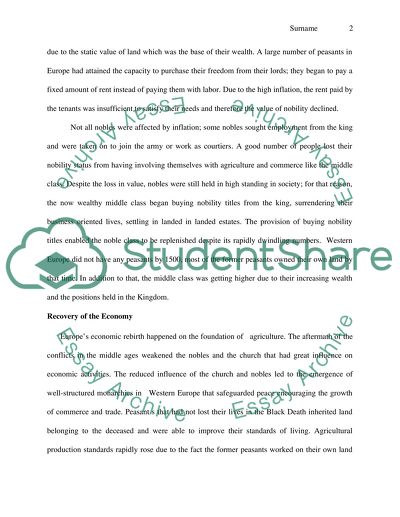Cite this document
(“How effective was development of the Europe economic in 1500 CE Research Paper”, n.d.)
Retrieved from https://studentshare.org/history/1485773-how-effective-was-development-of-the-europe-economic-in-1500-ce
Retrieved from https://studentshare.org/history/1485773-how-effective-was-development-of-the-europe-economic-in-1500-ce
(How Effective Was Development of the Europe Economic in 1500 CE Research Paper)
https://studentshare.org/history/1485773-how-effective-was-development-of-the-europe-economic-in-1500-ce.
https://studentshare.org/history/1485773-how-effective-was-development-of-the-europe-economic-in-1500-ce.
“How Effective Was Development of the Europe Economic in 1500 CE Research Paper”, n.d. https://studentshare.org/history/1485773-how-effective-was-development-of-the-europe-economic-in-1500-ce.


